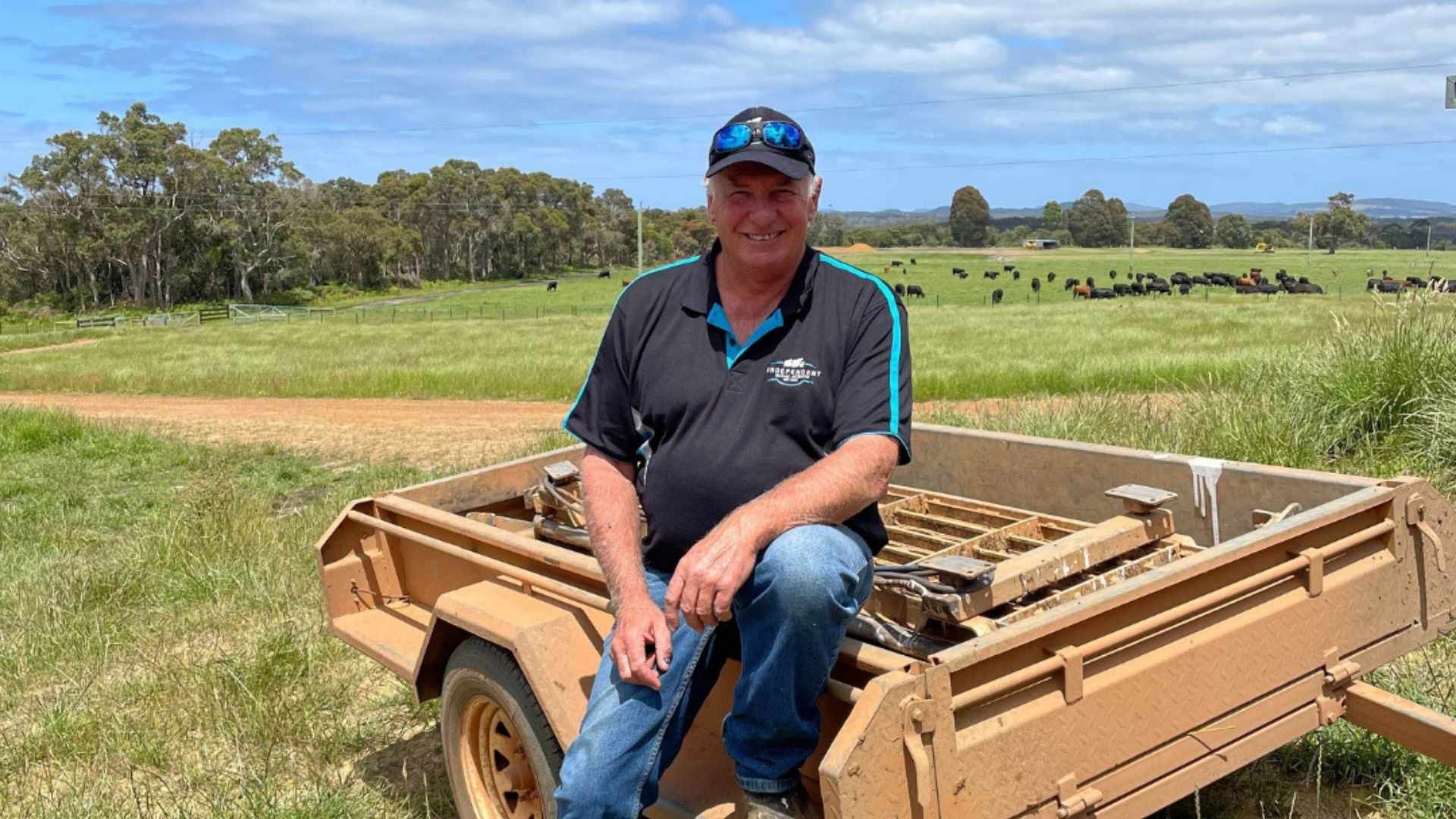LISTEN: How Prepared Families Outperform Everyone Else with Tim Lane of ProAgtive
Most families wait until something breaks to start succession conversations. High-performing families don’t.

Whether you’re a small family-run business, a corporate farm, or reliant on consultants and contractors, the importance of teamwork, underpinned by strong relationships, is paramount.
The dynamics within these teams play a crucial role in shaping overall productivity, employee engagement, satisfaction, and even safety. When things go pear-shaped (weather, time, breakdowns, etc), the strength of the relationships you share with your team members will determine your ability to resolve conflicts, performance manage your team and still get the job done.
While some may view the insights in this article as "soft and fluffy", here are strategies to enhance team performance and build a culture that is safe, productive and profitable.
Are there team members you find challenging to engage with? You are the most influential factor in leading a team with positive behaviour. There is plenty of research indicating that employees rank the quality of leaders over dollars when they are deciding whether to stay or leave a role or business.
This may be tough to hear, but Gallup research shows that managers account for 70% of the variance in team engagement – and that variance can be positive or negative. Team engagement is directly linked to retention, turnover, safety and profitability.
Your attitude and presence greatly influence your team’s accountability, motivation, and performance. Recognising that your way of thinking, acting, and communicating may differ from your team members is essential for effective engagement and collaboration. How you treat your team sets the standard for how they treat each other.
Effective communication is the cornerstone of any successful team. Misunderstandings can easily arise when there is a difference between what you intended to say to someone and what they actually heard.
Regular team meetings are a great way to communicate with your team to keep everyone in the loop and on the same page. Using tools like group chats or farm management apps is also a great way to facilitate ongoing communication, ensuring everyone stays informed and engaged. Encouraging open dialogue builds trust and fosters a sense of belonging among team members.
Bonus tip: If something “grinds your gears”, rather than flipping your lid, find a kind way to let the person know – they might not know. After all, we aren’t mind readers.
Sharing your business vision cultivates a motivated and engaged workforce. When team members grasp the overarching vision, they are more likely to align their efforts with your business goals. This creates an environment for collaboration and instils a sense of ownership. Additionally, a shared vision enhances communication and strengthens people dynamics, ultimately driving team success and ensuring everyone is committed to achieving the business's long-term objectives.
Setting clear, achievable goals is essential for guiding team efforts. When team members understand what they are working towards, their motivation to perform improves. In an agricultural context, these goals could range from yields, sustainability practices, return on investment, efficiencies, etc.
In my experience, involving team members in goal setting enhances their commitment and nurtures a sense of ownership and accountability. There is an old saying that says if you don’t provide your team with great goals, you’re likely to see average performance.
Values are fundamental to team performance – they shape culture, guide behaviour and influence decisions. When your team shares core values, trust and collaboration build, which improves communication and cohesion.
Just like co-designing goals with your team, providing an opportunity for them to contribute to business values fosters ownership and engagement. Clients with clearly defined and communicated values and have expressed to their team how to operationalise their values report fewer performance and conduct issues within their businesses.
The clarity of how values are operationalised will help your team understand the goal posts, allowing them to concentrate on expectations and effectively self-manage and regulate their behaviour.
I believe culture is one of the most undervalued tools for business performance. The simplest way to describe culture is it’s the product of what you believe, how you behave, and how you decide.
Employees are 10.4 times more likely to quit a bad culture than leave for money reasons according to HR research – so in a nutshell, the culture you create can either motivate your team to excel or provide excuses for underperformance.
Team-building activities are a great way to build relationships among team members because they allow them to bond outside their regular work environment. The best team-building activities are the ones that have nothing to do with work, whether through collaborative projects or social gatherings.
Some leaders may view these non-production activities as a waste of time, but investing in interpersonal relationships leads to better communication, support, and collaboration toward your business's vision and goals.
Sally Murfet is the Chief Inspiration Officer at Inspire AG (Australia) and is a consultant, facilitator, and speaker specialising in people, teams and culture. Renowned for her ability to connect people with business performance, she is passionate about empowering teams to realise their full potential and collaborate effectively. Sally's expertise encompasses leadership development, team dynamics, and succession planning. She is a Certified Practising member of the Australian Human Resource Institute. Connect with her on social media at @InspireAgAus.
.png)
Most families wait until something breaks to start succession conversations. High-performing families don’t.

More than three decades ago, Col Thexton became the first Western Australian livestock agent to list cattle online through AuctionsPlus, then known...

As the year draws to a close, AuctionsPlus has recorded several standout results across a range of commodities through its interfaced sales. From...